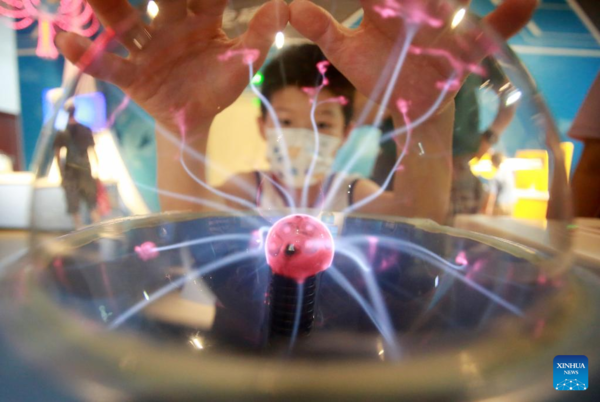TAMPA, Fla. (AP) — The Tampa Bay Buccaneers believe they’re close to being Super Bowl contenders again and hope to use the upcoming NFL draft to narrow the competitive gap between themselves and some of the league’s other top teams.
The Bucs have four picks in the first three rounds — seven overall — and are confident they’ll be able to upgrade the roster with prospects capable of taking advantage of opportunities to make a difference right away.
The three-time defending NFC South champions rebounded from a 4-7 start last season to win five of their last six games and earn a playoff berth for a club-record fourth consecutive year. They went on to beat the Philadelphia Eagles in a wild-card matchup before losing to the Detroit Lions in the NFC divisional round.
The team’s primary focus this offseason has been retaining as many of its own free agents as possible, including quarterback Baker Mayfield, franchise career receiving leader Mike Evans and veteran linebacker Lavonte David.


 Related articles
Related articles



 Wonderful introduction
Wonderful introduction



 Popular information
Popular information